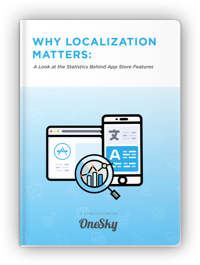Zapier vs. Make: Finding Your Perfect Automation Match
In today’s fast-paced business environment, automation isn’t just a luxury—it’s a necessity for enhancing productivity and streamlining operations.
As we previously discussed, n8n and Zapier are two of the most prominent players in the automation space.
In this guide, we will shift our focus to comparing Zapier with Make, another powerful automation platform that has gained traction among users seeking flexibility and depth in their workflows.
This article will help you determine the best tool for your needs by diving into their features, pricing, integrations, and unique strengths.
- What are Zapier and Make?
- Comparing Zapier & Make: Fundamental Differences
- Pricing Models Overview
- Zapier vs. Make: SWOT Analysis
- Optimal Use Cases
- 5 Myths about Automation Tools
- The Future of Automation: Trends & Predictions for 2025
- Strategic Considerations for Selecting Automation Tools
- Final Thoughts
What are Zapier and Make?
Zapier and Make both aim to simplify automation by connecting various applications to create seamless workflows.
However, they offer distinct user experiences and capabilities.
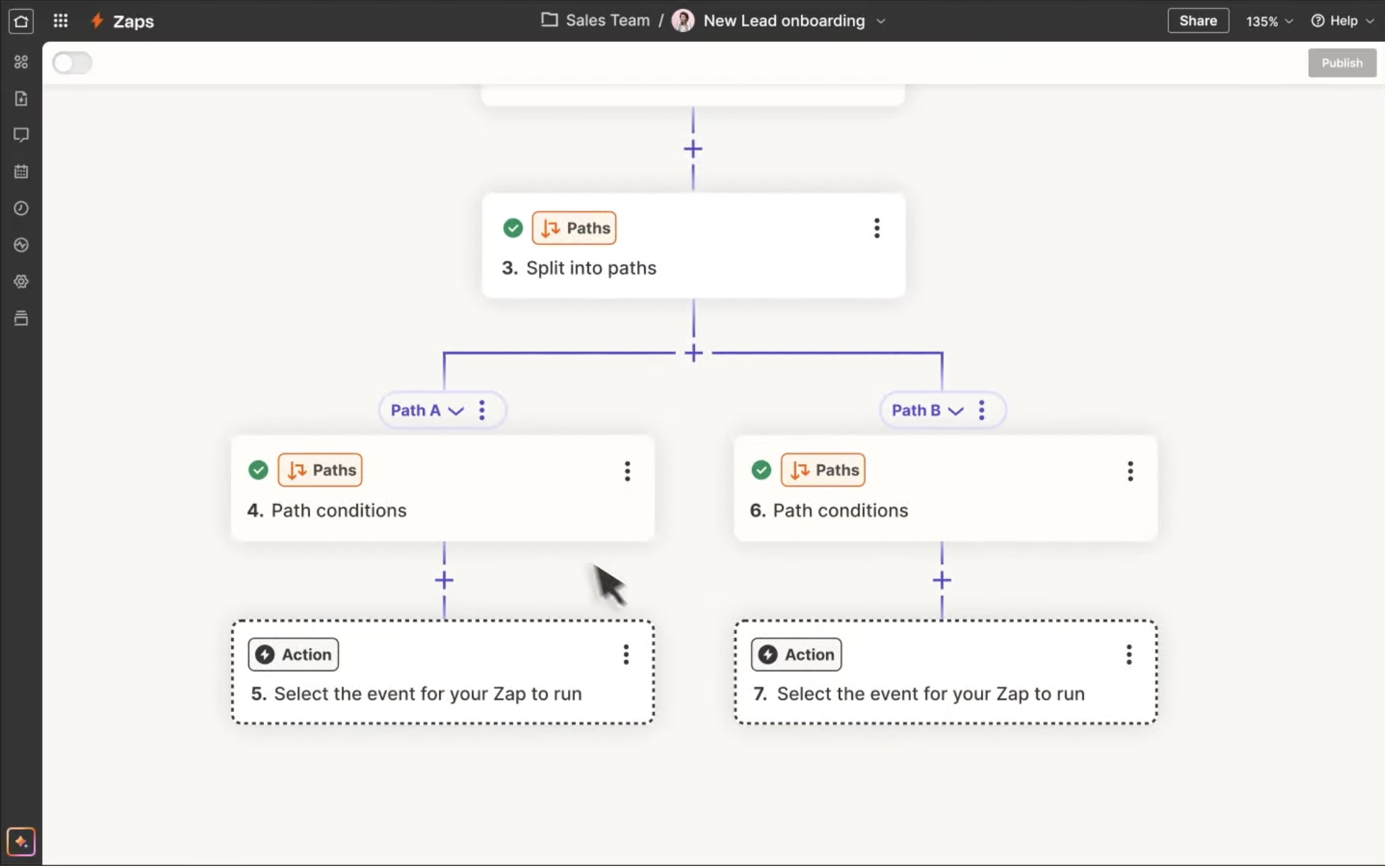
Zapier Overview
Zapier is a no-code automation tool designed for ease of use and accessibility.
With its intuitive drag-and-drop interface, users can quickly create automated workflows—known as “Zaps”—to streamline repetitive tasks.
With a library of over 7,000 integrations, Zapier connects a wide array of applications, making it suitable for businesses that want to automate everyday processes without needing programming skills.
Use Cases for Zapier:
- Lead Management: Automatically add new contacts to CRM systems from forms or other sources, reducing the time spent on manual data entry.
- Email Marketing: Sync email lists with your marketing platform and automate communications, ensuring timely outreach to clients.
- Social Media Posting: Schedule posts across various social media platforms to maintain a consistent online presence effortlessly.
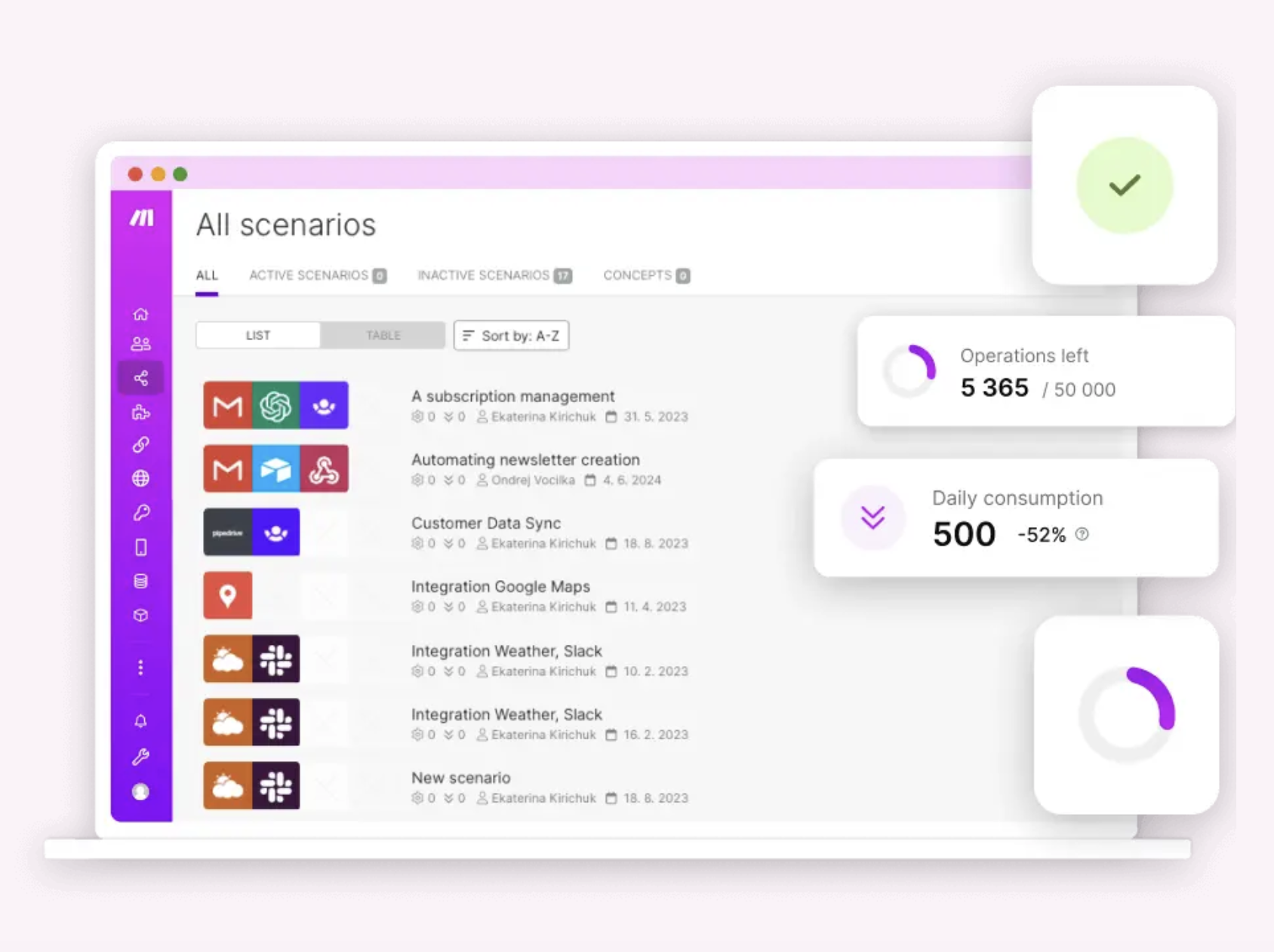
Make Overview
Make (formerly Integromat) presents a unique approach to automation with its visual workflow builder.
Unlike Zapier’s linear process, Make allows users to create complex workflows—called “scenarios”—that utilize a drag-and-drop interface.
This structure provides greater flexibility, enabling users to incorporate conditions, filters, and multiple actions to achieve more sophisticated automation.
Use Cases for Make:
- Advanced Data Processing: Manage and transform large volumes of data through intricate workflows.
- Custom Application Integration: Connect niche or proprietary applications that require specific automation setups.
- Project Management: Automate tasks across tools to enhance project efficiency and team collaboration.
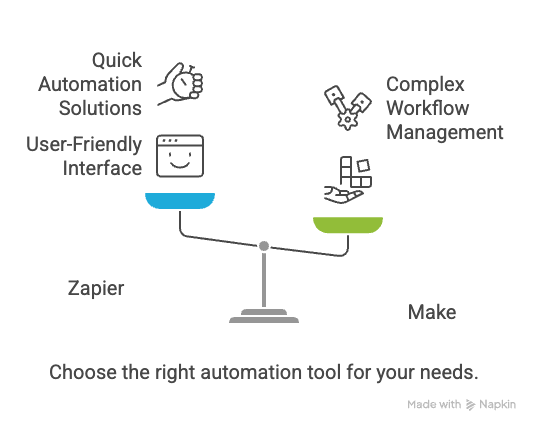
Comparing Zapier & Make: Fundamental Differences
When evaluating Zapier and Make, it’s essential to examine their features, usability, and overall effectiveness in meeting your automation needs.
Here’s a breakdown of the key differences:
| Feature | Zapier | Make |
| Workflow Automation | Simple, linear automations | Visual workflows with branching capabilities |
| Integrations | Over 7,000 pre-built integrations | 2,000+ integrations with custom API options |
| User Experience | Intuitive and user-friendly | Drag-and-drop interface, more complex for advanced use |
| Customization | Limited customization options | High customization with conditional logic |
| Pricing Model | Subscription-based, per task | Monthly pricing based on operations |
| Support | Extensive documentation and customer support | Strong community support and resources |
Key Takeaways
- Zapier: Best for non-technical users and small businesses looking for straightforward, quick automation solutions.
- Make: Ideal for teams seeking flexibility and control over complex workflows.
Pricing Models Overview
Understanding the pricing structures of Zapier and Make is crucial for making an informed decision.
Here’s a comparison of their pricing plans:
| Feature | Zapier | Make |
| Free Plan | Yes, limited to 100 tasks per month | Yes, includes 1,000 operations per month |
| Paid Plan | Starts at $19.99/month for 750 tasks | Starts at approximately $9/month for 10,000 operations |
| Task Limitations | Charges per task | Charges per operation |
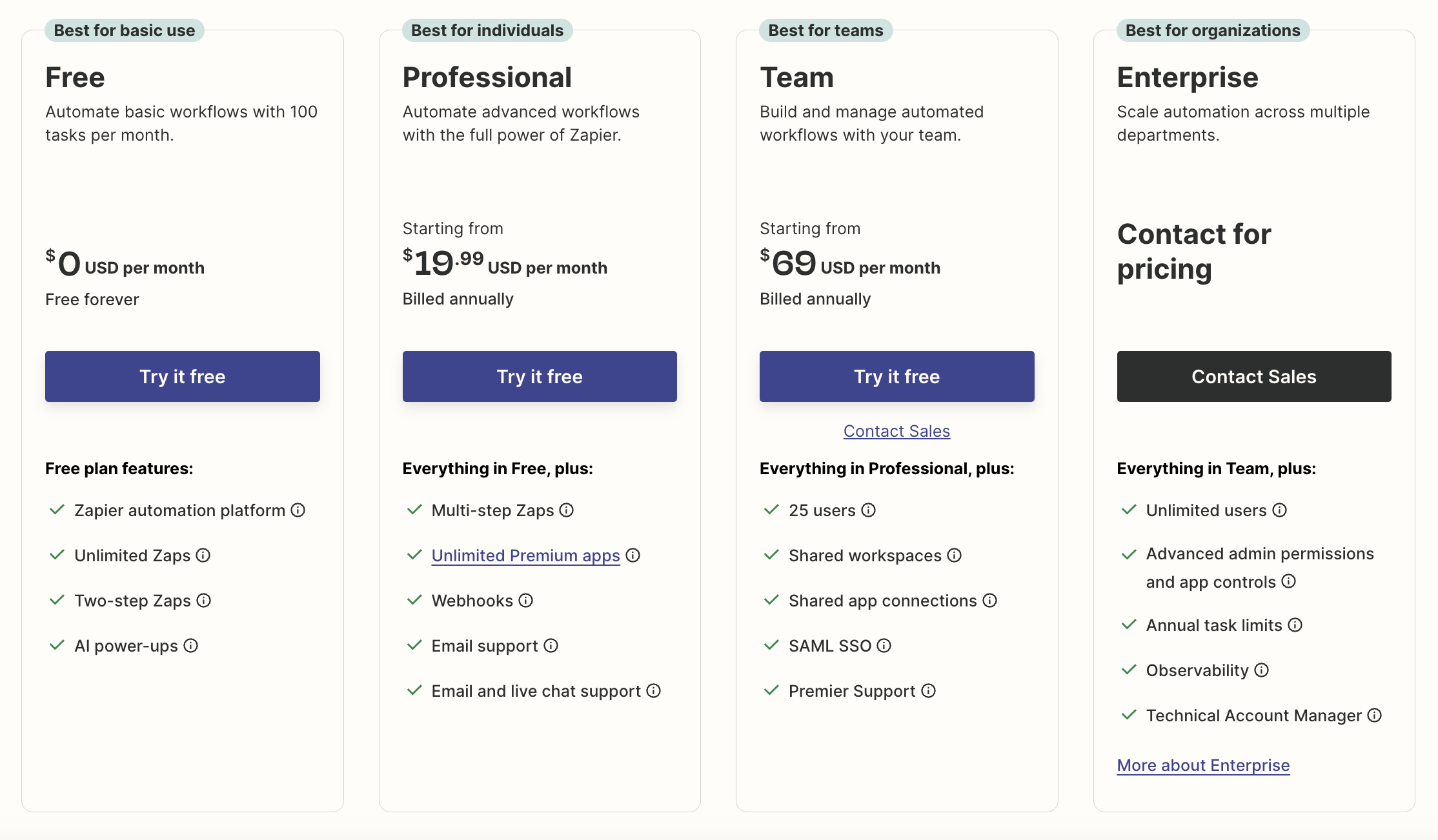
Zapier’s Task-Based Model
- Free Plan: Great for users new to automation but limited in capacity.
- Starter Plan: Available for $19.99 per month, offering up to 750 tasks. It’s important to remember that each action in a workflow counts toward this limit, which can lead to costs stacking up quickly.
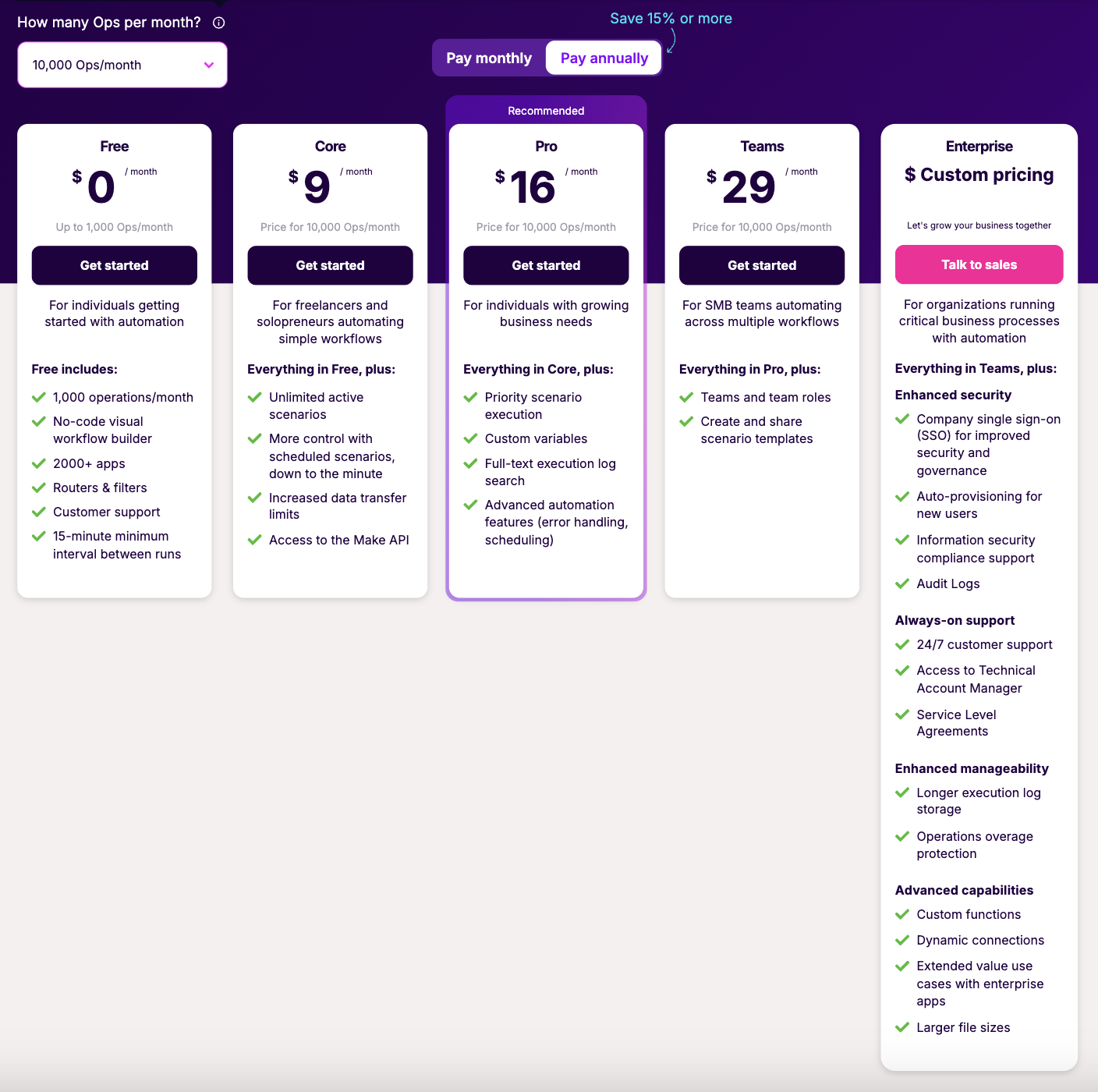
Make’s Cost-Effective Flexibility
- Affordable Plans: Starting at around $9 per month for 10,000 operations, making it more cost-effective for businesses with complex workflows that may involve multiple steps.
- Operation Definition: Unlike Zapier, where each task counts individually, Make defines an operation as each step in a workflow, providing better value for users managing larger automation needs.
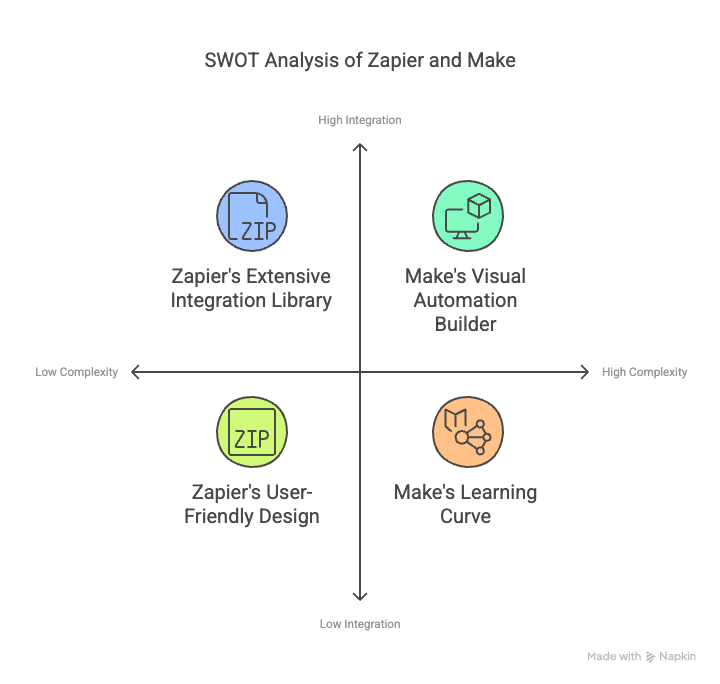
Zapier vs. Make: SWOT Analysis
Recognizing the strengths and weaknesses of both Zapier and Make will help you make an informed decision tailored to your needs.
Strengths of Zapier:
1. User-Friendly Design
Zapier features a straightforward interface that is easy for anyone to navigate, making it an excellent choice for users with minimal technical expertise.
This accessibility facilitates quick automation setups without a steep learning curve.
2. Extensive Integration Library
With over 7,000 integrations, Zapier supports a vast array of applications, allowing you to automate a wide variety of tasks across different platforms.
It’s particularly advantageous for businesses that rely on popular apps commonly used across various sectors.
3. Rapid Setup Process
Zapier is designed for efficient implementation, enabling users to create automations swiftly.
This makes it ideal for teams that need to establish workflows quickly to enhance productivity.
Weaknesses of Zapier:
1. Limited Flexibility for Complex Automations
While Zapier is great for simple tasks, it can struggle with more complex workflows that require conditional logic or multiple triggers.
This may necessitate the creation of multiple Zaps, leading to clutter and higher costs.
2. Task-Based Pricing Can Be Costly
Zapier charges based on the number of tasks implemented.
As automation needs grow, costs can escalate quickly, which may strain budgets for businesses with high-volume requirements.
3. Cloud-Only Infrastructure
Zapier operates entirely in the cloud, meaning users rely on their servers.
This could raise data privacy concerns for organizations that prefer to maintain tighter control over their data.
Strengths of Make:
1. Visual Automation Builder
Make’s user-friendly, visual interface allows users to create complex workflows with a drag-and-drop approach.
This visualization makes it easier to manage intricate processes, especially for advanced users who need to see how data flows through various applications.
2. Greater Customization
With its extensive capabilities, Make allows for the development of scenarios that include multiple triggers, conditions, and actions.
Users can build highly customized automations that cater to their unique operational needs.
3. Dynamic Features
Make supports advanced features like routers, iterators, and custom API calls, enabling businesses to automate sophisticated processes that go beyond simple trigger-action setups.
Weaknesses of Make:
1. Learning Curve
While Make offers powerful features, it can be more challenging for beginners to master.
Users may need to invest time in understanding how to design and manage complex workflows effectively.
2. Fewer Pre-Built Integrations
With around 2,000 integrations, Make has a smaller catalog compared to Zapier.
Even though it supports custom API connections, the limited number of pre-built options may require extra work for users attempting to link more niche applications.
3. Potentially Overwhelming for New Users
The visual interface, while powerful, may appear daunting to users who are accustomed to linear workflows.
This can lead to initial challenges in navigating the platform.
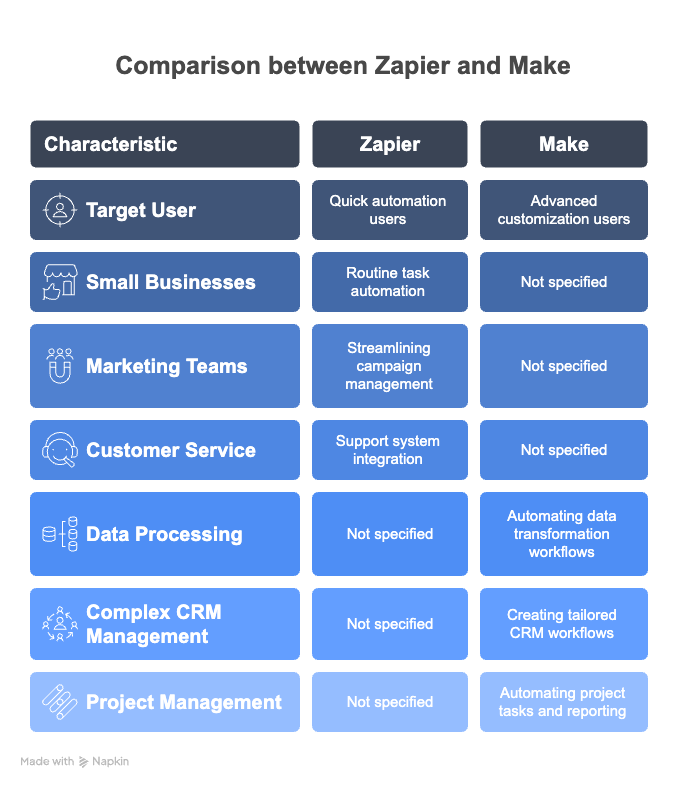
Optimal Use Cases
Zapier: Quick and Efficient Automations
Zapier excels in environments where users require speedy automation setups and straightforward processes.
It’s particularly effective in:
- Small Businesses: Automation of routine tasks, such as managing customer inquiries, tracking leads, or syncing data between widely-used applications like Google Workspace and Salesforce.
- Marketing Teams: Streamlining campaign management, sending automated emails, or social media posting across multiple platforms, allowing teams to focus more on strategy and creativity.
- Customer Service: Integrating support systems such as Zendesk or Freshdesk with various channels to automate ticket creation, assignment, and updates based on customer interactions.
Make: Advanced and Customized Solutions
Make is particularly suited for more intricate workflows and users who require extensive customization.
It shines in scenarios such as:
- Data Processing: Automating workflows that involve data transformation and analysis, especially in industries like finance or research that deal with large datasets.
- Complex CRM Management: Creating tailored workflows that manage lead scoring, data enrichment, and multi-channel communication, enabling enhanced customer engagement.
- Project Management: Automating project tasks, notifications, and reporting, making it easier for teams to stay updated and coordinated.
5 Myths about Automation Tools
Myth 1: Zapier and Make Enable Real-Time Two-Way Syncing
Many believe that Zapier and Make offer seamless real-time two-way syncing—but that’s not the case!
For managing instant updates between apps like Supabase, Webflow, or HubSpot and spreadsheets like Airtable or Notion, look into Whalesync.
It effortlessly keeps your data in sync, eliminating the hassle of manual exports and ensuring a streamlined experience.
Myth 2: All Automation Tools Are Created Equal
Think all automation platforms work the same?
Think again!
While both Zapier and Make automate tasks, they serve different purposes.
Zapier excels at quick, straightforward automation, while Make provides the flexibility needed for complex workflows with branching logic.
Understanding these differences is key to making the right choice for your unique needs!
Myth 3: Task Limits Are No Big Deal
Some users assume they can ignore task limits as long as they’re using automation tools, but that’s a trap!
Zapier charges you per task, while Make operates on an operations-based pricing model.
Not keeping an eye on your usage can lead to surprise costs down the line.
It’s smart to regularly check your task count to stay within budget!
Myth 4: Unlimited Integrations Are Always Available
It’s easy to think Zapier and Make both have endless integrations—but that’s not the whole story.
Zapier boasts over 7,000 integrations, while Make supports around 2,000.
However, Make shines with its custom API connection options, giving you the flexibility to connect to niche applications.
Always verify that your essential tools are covered by the platform you choose!
Myth 5: Automation Is a Set-and-Forget System
Thinking your automations will run smoothly without further attention?
Not so fast!
Both Zapier and Make require some upkeep.
Changes in your business processes or software updates may necessitate adjusting your workflows.
Keeping a regular check on your automations ensures they continue to function optimally as your needs evolve.
Busting these myths helps you navigate the world of automation tools more effectively, empowering you to select the right platform that truly aligns with your business objectives.
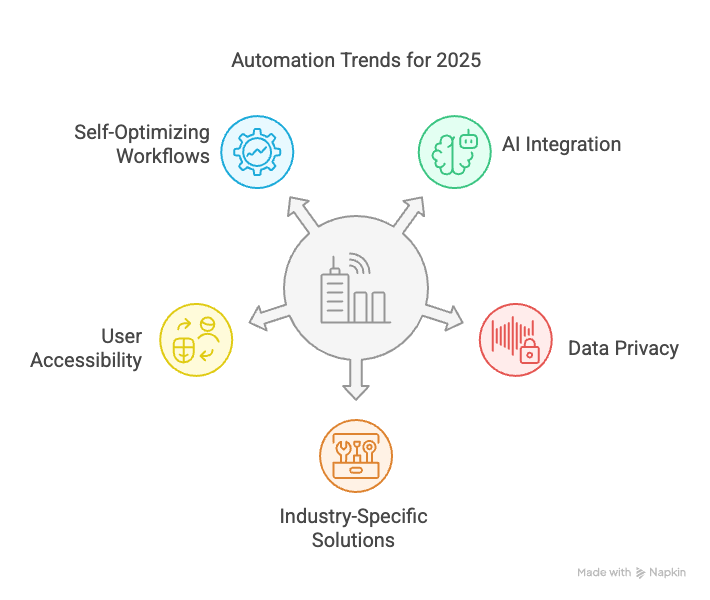
The Future of Automation: Trends & Predictions for 2025
As we anticipate the evolution of automation tools like Zapier and Make, several key trends are expected to shape the automation landscape in 2025 and beyond:
1. Integration of Automation and AI
The convergence of automation and artificial intelligence is set to revolutionize how businesses operate.
Tools will increasingly utilize AI to enhance automation processes, enabling workflows to learn from data patterns, adapt to changes, and make informed decisions autonomously.
This evolution will allow for smarter automations that can handle complex scenarios with minimal human intervention, paving the way for increased efficiency and innovation.
Read also: Agentic AI Trend: Transforming Decision-Making and Data Management in 2025
2. Growing Importance of Data Privacy
With data breaches and privacy concerns on the rise, organizations are placing greater emphasis on data sovereignty and compliance.
As such, self-hosted solutions will become more appealing.
By retaining full control over their data, businesses can ensure they meet compliance regulations like GDPR and HIPAA.
Expect platforms like Make to capitalize on this trend by offering more comprehensive privacy features and customization options for data handling.
3. Enhanced Industry Specialization
Automation platforms will continue to specialize in serving the needs of specific industries.
Expect to see tailored features and integrations designed for sectors such as healthcare, finance, and e-commerce.
This specialization will help businesses more effectively address regulatory requirements and unique operational challenges specific to their fields, increasing overall efficiency.
4. Increased Accessibility Through Intuitive Design
The push for more user-friendly interfaces will make automation tools more accessible to a broader audience.
As platforms evolve, users will encounter improved navigation and onboarding experiences that simplify the automation process.
This trend will empower non-technical users to harness the power of automation without needing extensive training or technical support, thereby driving wider adoption across organizations.
5. Self-Optimizing Workflows
The rise of machine learning will enable workflows to self-optimize based on performance metrics.
Automation tools will monitor workflow efficiency and suggest improvements, thereby minimizing the need for manual adjustments.
This development will lead to smarter, more adaptive systems that proactively enhance productivity and reduce operational costs.
Read also: Understanding Agentic Workflow: Revolutionizing AI Decision Making
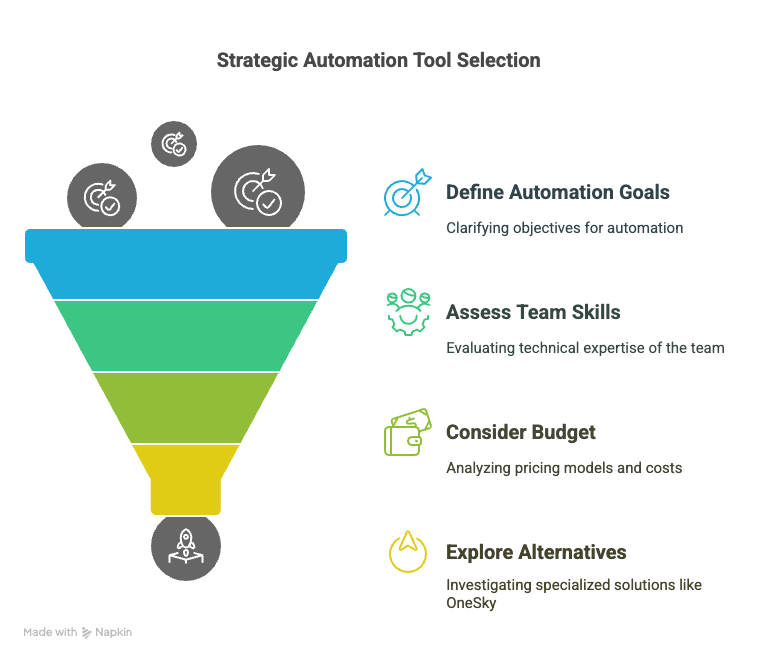
Strategic Considerations for Selecting Automation Tools
When choosing between automation tools like Zapier and Make, it’s essential to align your decision with your organization’s specific objectives and capabilities.
Here are some critical factors to consider:
1. Identify Your Automation Goals
Start by clearly defining what you want to achieve with automation.
Are you looking to improve efficiency, enhance accuracy, or streamline workflows?
Having a clear vision of your goals will guide your selection process and help you find the right fit for your needs.
2. Assess Team Skills
Take an inventory of your team’s technical skills.
It’s important to choose a platform that matches your team’s expertise to avoid potential frustrations during the onboarding process.
Zapier’s intuitive design makes it ideal for teams with limited technical knowledge, while Make provides advanced features better suited for tech-savvy users.
3. Consider Your Budget
Pricing is another significant factor to consider.
Both Zapier and Make present different pricing models that can impact long-term costs.
Evaluate which solution offers the best value for your requirements, without sacrificing essential features, based on your anticipated usage.
4. Explore OneSky as an Alternative
While Zapier and Make have their strengths, consider OneSky as a compelling alternative for automation, particularly in localization.
OneSky specializes in streamlining localization tasks through its powerful Localization Agent (OLA).
- AI-Driven Localization: OLA integrates advanced AI capabilities into your localization processes, enabling seamless workflows that enhance efficiency.
- User-Centric Design: OLA is designed with accessibility in mind, allowing your team to automate localization tasks without requiring deep technical expertise. This means your organization can focus on essential business operations without the burden of complex setups.
- Consistent Quality Assurance: With OLA, you can ensure translations are accurate and culturally relevant, crucial for engaging diverse global audiences.
Real-World Application
Consider a multinational enterprise striving to localize marketing materials across various regions.
By integrating OLA with your chosen automation tool, you can effectively manage the translation process while maintaining brand consistency and adapting content to meet local regulations.
This integration not only streamlines localization but also reduces time-to-market and enhances customer engagement across different markets.
Read also: AI Localization: Mastering Global Reach with Best Practices
By taking these strategic considerations into account and exploring specialized solutions like OneSky Localization Agent, you can enhance your automation strategy and position your organization for greater success in a competitive landscape.
Final Thoughts
Ultimately, selecting between Zapier and Make requires careful consideration of your organization’s specific needs, technical skills, and budget constraints.
If you prioritize advanced customization and data management, Make may be the better fit for you.
Alternatively, if a user-friendly, quick setup is more important, Zapier provides an ideal solution.
To further refine your automation strategy, integrating OneSky Localization Agent with either platform can provide significant advantages, ensuring efficient localization and high-quality communication with global audiences.
Take the next step—partner with OneSky today to elevate your localization processes and gain a competitive edge!
Discover for free on how OLA can drive superior efficiency in your global operations.
Read also: Localization Strategy in 2025: Everything You Need to Know
FAQ: Comparing Zapier vs. Make
Q1: What are the main differences between Zapier and Make?
Zapier:
Focuses on linear, straightforward automation, ideal for simple tasks.
It boasts over 7,000 integrations, making it perfect for users looking for quick connectivity.
Make:
Offers a visual automation builder that allows for complex workflows and conditional logic, enabling users to create more detailed scenarios.
Q2: Which platform is more beginner-friendly?
Zapier is undoubtedly for the newbies!
Zapier:
With its simple, intuitive interface and guided setup, Zapier is designed for users with little to no technical experience.
It provides a smooth onboarding process, making it easy for anyone to start automating tasks almost immediately.
Make:
While Make’s visual interface offers greater flexibility, it does have a steeper learning curve.
New users may need some time to familiarize themselves with its features and workflows, making it better suited for those who are willing to invest initial effort to unlock its full potential.
Q3: How do the pricing models compare?
Zapier:
Uses a task-based pricing model, where you pay based on the number of tasks completed each month.
This can quickly become expensive if you have high-volume automation needs, leading to additional costs as you exceed your plan limits.
Make:
Adopts an operations-based pricing structure, allowing for a more cost-effective approach, especially for businesses handling complex workflows.
Make’s plans offer a higher number of operations for a lower price point, which can be advantageous for users with extensive automation.
Q4: Can both platforms integrate with my existing apps?
Zapier:
Boasts a vast library of over 7,000 integrations, supporting a wide range of applications, making it highly likely you’ll find the tools you already use.
Make:
While it has around 2,000 integrations, Make excels in custom API connections.
For businesses that require unique or niche integrations, Make allows for more flexibility in connecting non-standard applications.
Q5: How do Zapier and Make handle sensitive data?
Zapier:
Stores data on its American servers, which may present compliance challenges for organizations subject to GDPR and other data privacy regulations.
Users should carefully consider data flow and compliance requirements.
Make:
While it primarily operates in the cloud, Make supports various levels of data privacy.
The platform’s architecture allows for customized security measures, which can be particularly important for businesses managing sensitive information.
Q6: Can I migrate my workflows from one platform to another?
Yes, but it requires careful and strategic planning.
Migration can be a challenge and typically involves recreating workflows:
- From Zapier to Make: Users may encounter architectural differences and may need to manually rebuild their workflows, requiring careful planning.
- General Strategy: It’s recommended to fully test new workflows on the target platform before discontinuing use of the original to ensure a smooth transition.
Q7: What types of support do Zapier and Make provide?
Zapier:
Offers robust support options, including detailed documentation, user guides, and a dedicated customer support team available to assist with any issues.
Make:
Relying on community support and extensive resources, Make also provides documentation to help users navigate the platform effectively.
Read also: n8n vs. Zapier: Choosing the Right Automation Tool to Transform Your Business Workflow

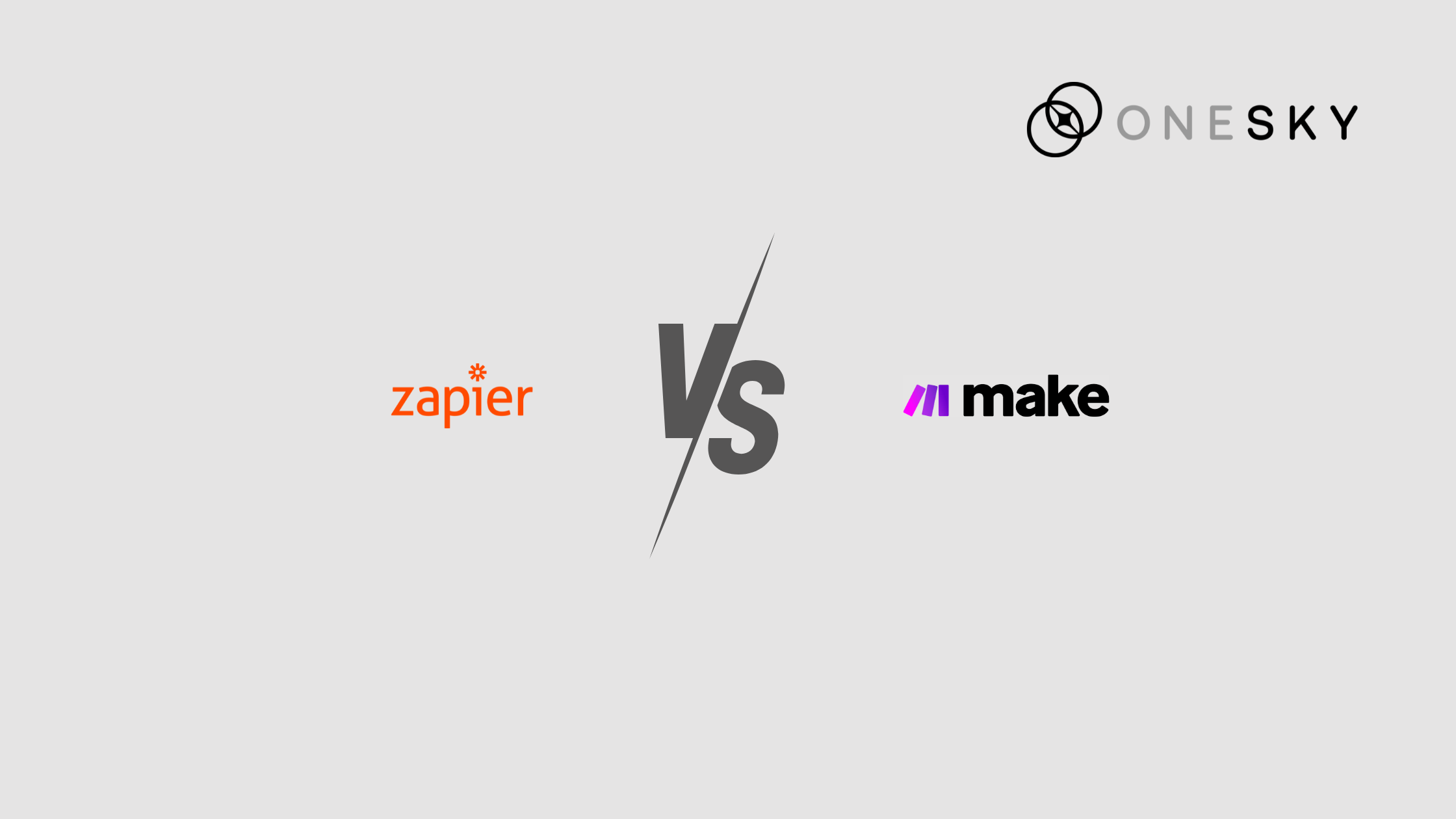
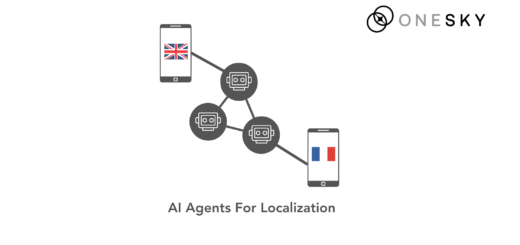
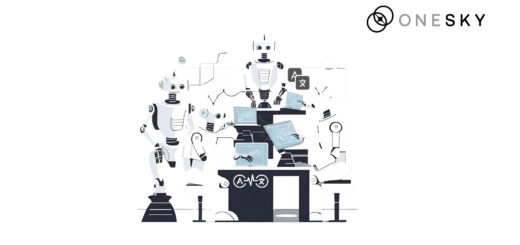
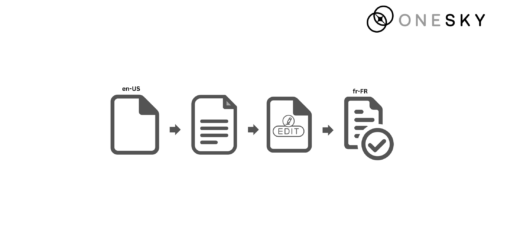
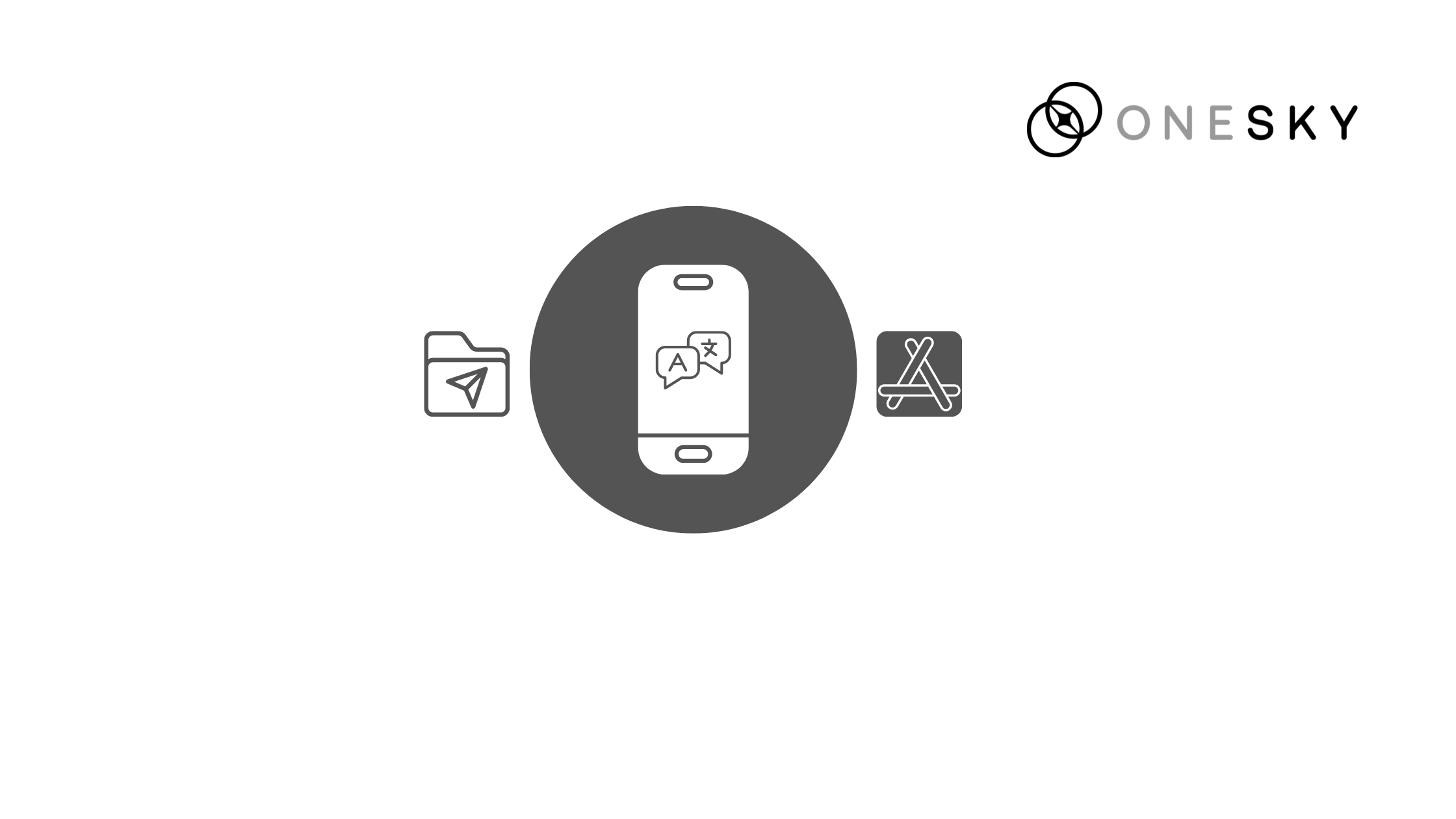


 Written by
Written by 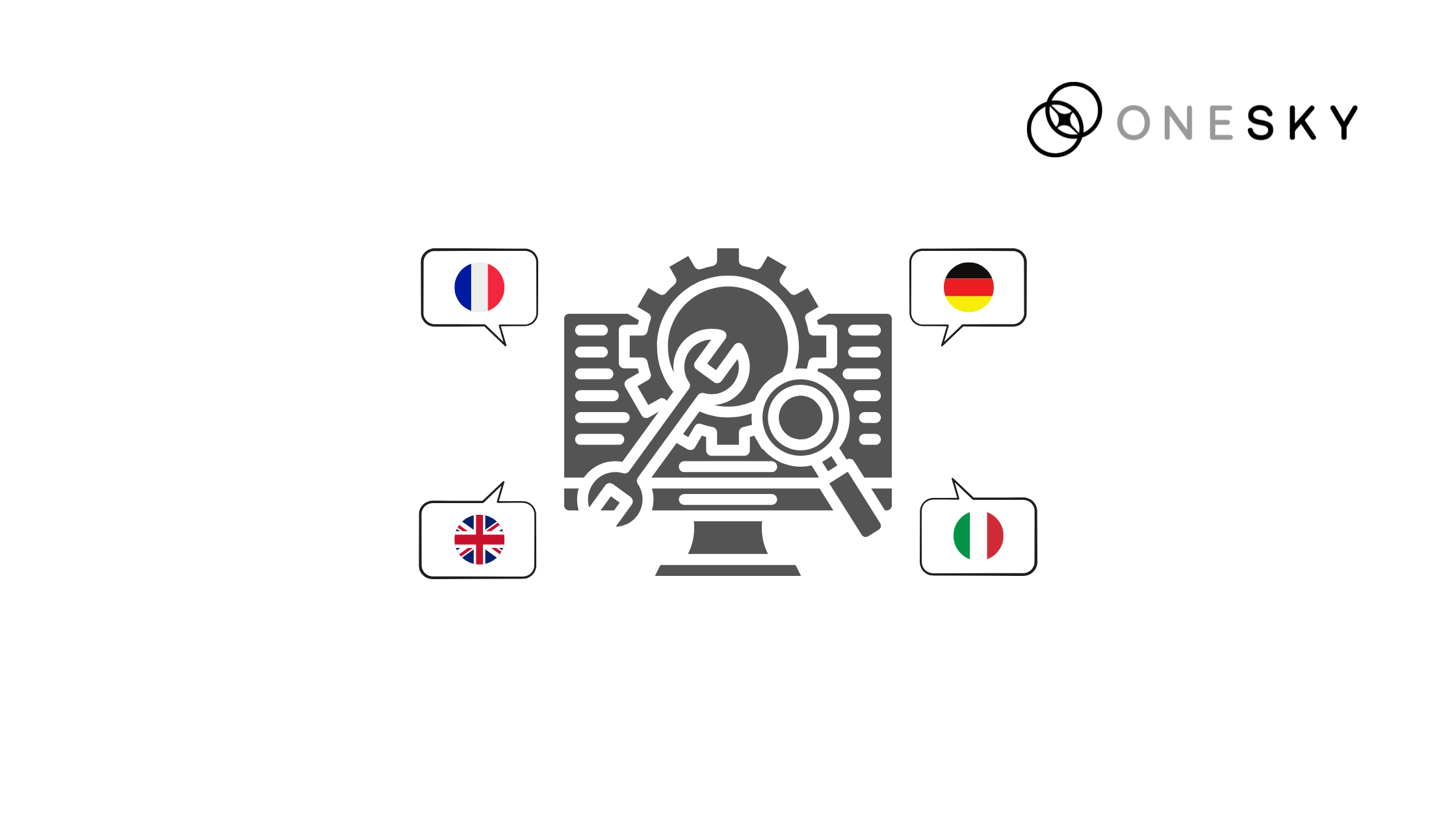
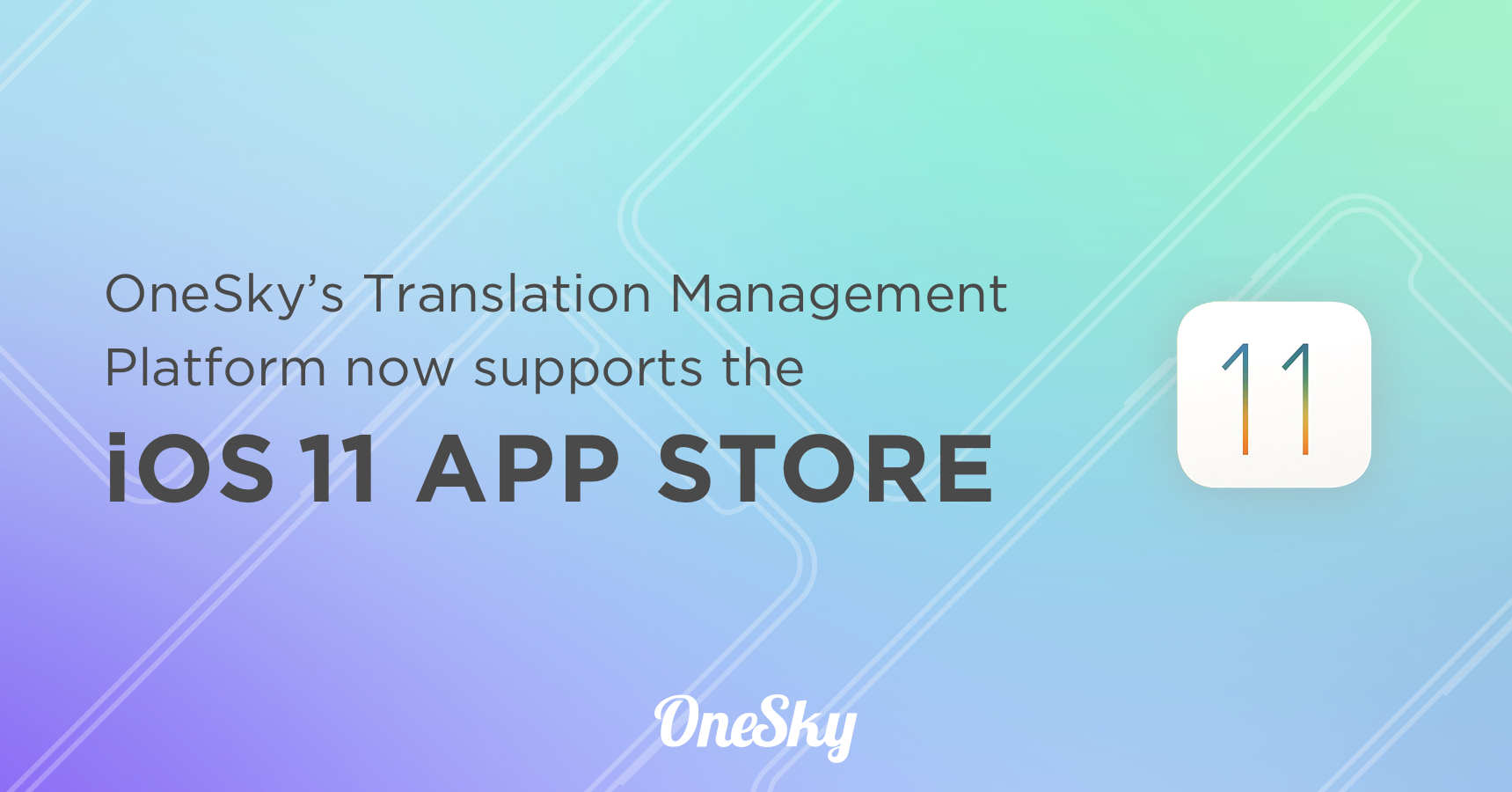
 Written by
Written by 

